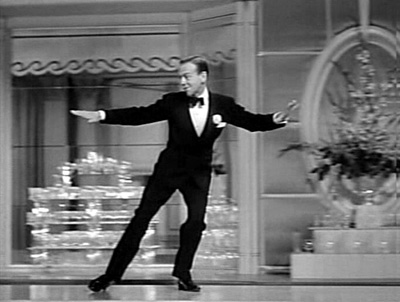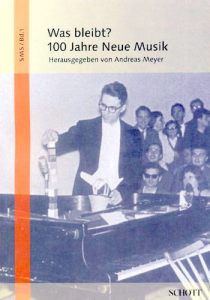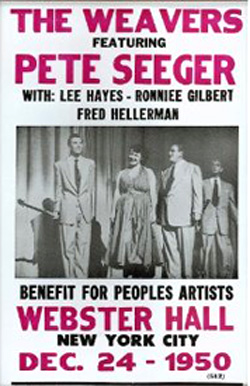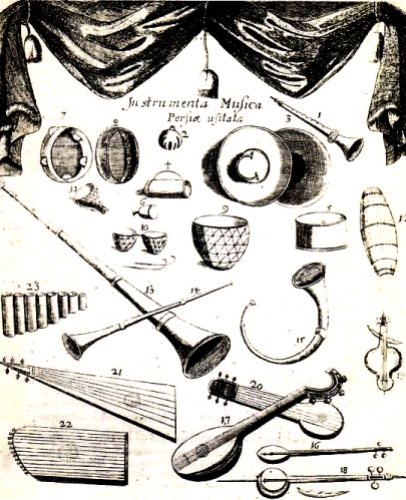A four-year longitudinal study (n = 309) explored whether early adolescents’ preferences for nonmainstream types of popular music indicate concurrent and later minor delinquency.
The results showed that early fans of types of rock (e.g., rock, heavy metal, gothic, punk), African American music (rhythm and blues, hip-hop), and electronic dance music (trance, techno, hardhouse) showed elevated minor delinquency concurrently and longitudinally. Preferring conventional pop or highbrow music (classical music, jazz), in contrast, was not related to or was negatively related to minor delinquency.
Early music preferences emerged as more powerful indicators of later delinquency than early delinquency, indicating that music choice is a strong marker of later problem behavior.
This according to “Early adolescent music preferences and minor delinquency” by Tom F.M. ter Bogt, Loes Keijsers, and Wim H.J. Meeus (Pediatrics CXXXII/2, pp. e382–e389). Many thanks to the Improbable Research blog for bringing this article to our attention!
Below, Jerry Lee Lewis introduces an earlier study.
BONUS: The Frankie Lymon classic pictured above.
Related article: Sexual attraction by genre












